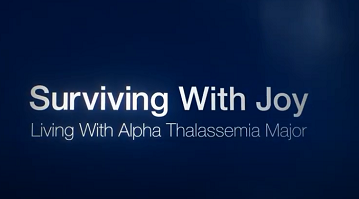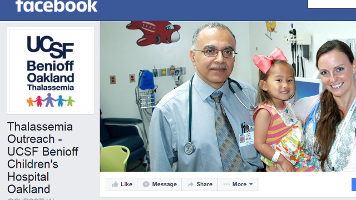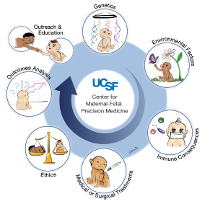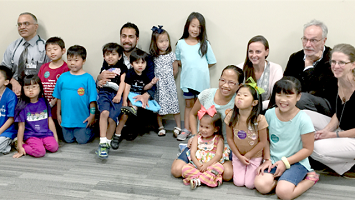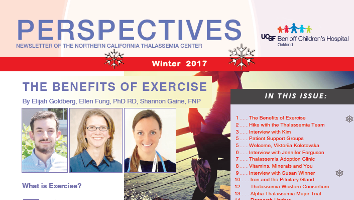 Intrauterine Therapy for Alpha Thalassemia Major: A Multidisciplinary Center.
Intrauterine Therapy for Alpha Thalassemia Major: A Multidisciplinary Center.
International Thalassemia Day 2013 USAA Radio Network interview with Dr. Elliott Vichinsky to raise awareness of thalassemia and improve its diagnosis and management worldwide. Thalassemia is a complex group of diseases that are relatively rare in the United States but common in Mediterranean regions and South and Southeast Asia. Worldwide, there are 350,000 births per year with serious hemoglobinopathies. In the United States, as a consequence of immigration patterns, occurrence of thalassemia disorders is increasing.
Treatment for thalassemia has dramatically improved. Patients should live full lives with careers and children of their own. Unfortunately, many patients die prematurely or develop morbid preventable complications. Outcomes are far better for patients whose care is coordinated by thalassemia centers (Modell, B., Khan, M., and Darlison, M. Survival in beta thalassaemia major in the UK: Data from the UK Thalassaemia Register. Lancet 355 [2000]: 2051–2052. Porter, J.B., and Davis, B.A. Monitoring chelation therapy to achieve optimal outcome in the treatment of thalassaemia. Best Practice & Research: Clinical Haematology 15 [2002]: 329–368). The majority of patients are managed in small programs which may not have access to recommended monitoring and treatments. Therefore, an established network of care between thalassemia centers, local providers, and patients is required for optimal treatment of thalassemia patients in North America.
Each component of this network should follow the Standards of Care Guidelines and communicate frequently. A group of providers first developed and finalized the first set of guidelines in 2000, with the goal of standardizing the management of care for thalassemia patients throughout the State of California. Since then, significant changes in technology and treatment have required updating of the guidelines. The current version, including the PDF, can be found here on the Clinical Practice Guidelines page.
All patients should undergo at least an annual comprehensive assessment at a thalassemia center. During such an assessment, recommendations are summarized after consultation with multiple specialists and communicated directly to the primary provider and family. Verbal and written communication between the center and the primary provider should occur at least every six months following the formal annual visit and when there are changes in the patient’s clinical and treatment plan.
A specialty center manages the regular care of at least 20 patients. A specialty program includes a team of thalassemia experts working closely together. This team includes a hematologist, a nurse specialist, a hepatologist, a cardiologist, an endocrinologist, a psychologist, a genetics counselor, a social worker, and a dietitian. A center includes linkage to a thalassemia-oriented bone marrow transplant and fertility service. Within the center, specialty laboratory support includes diagnostic imaging, a hemoglobinopathy reference laboratory, and a clinical research center.
The extent of services provided by a primary or regional program varies. Services may include supervising of regular transfusions and providing necessary medications according to the standards of care. Primary care, including monitoring of growth and general health and—for pediatric patients—liaison with the school, is centralized in the local program. Early recognition and stabilization of acute complications—i.e., sepsis, transfusion reactions, drug reactions, or cholecystitis—require close communication between the primary provider and the family. Twenty-four hour backup consultation should be available through the patient’s designated thalassemia center.
Updated 4/9/2021

